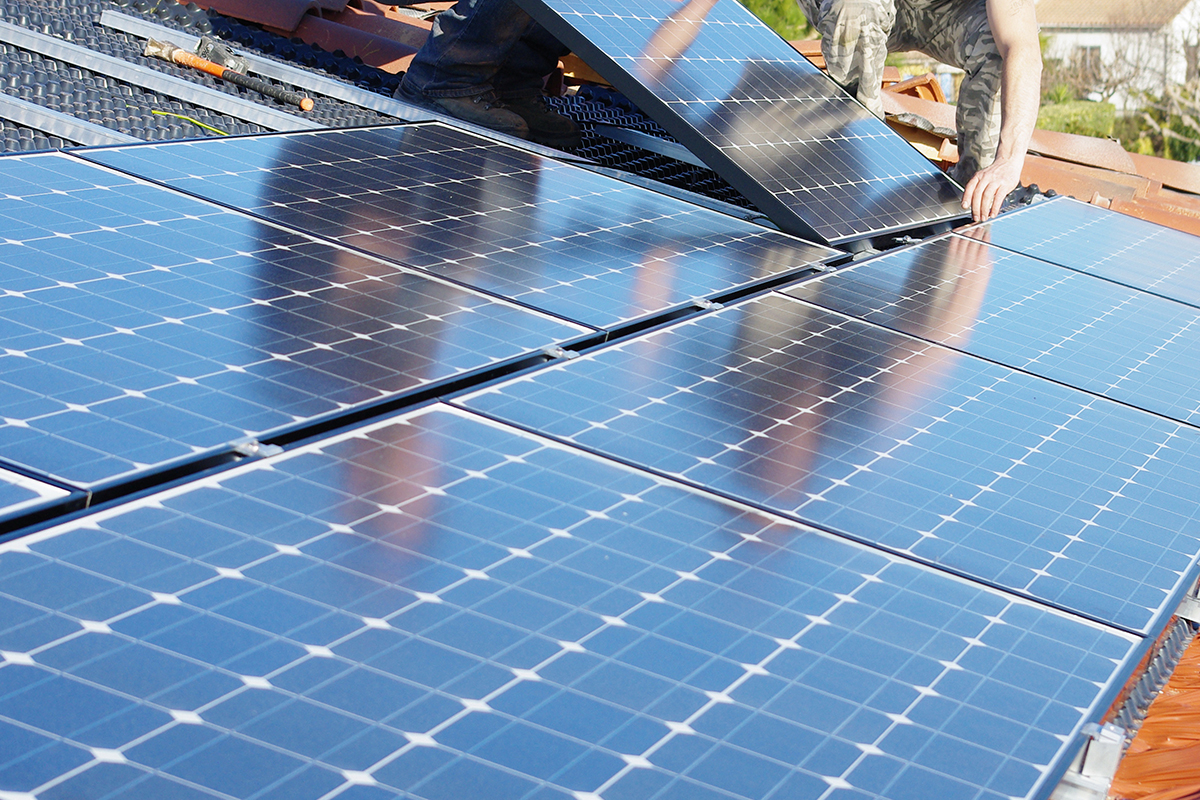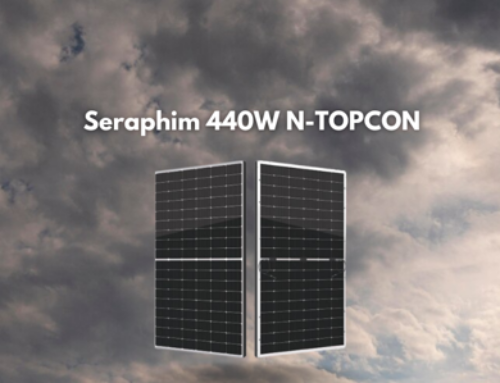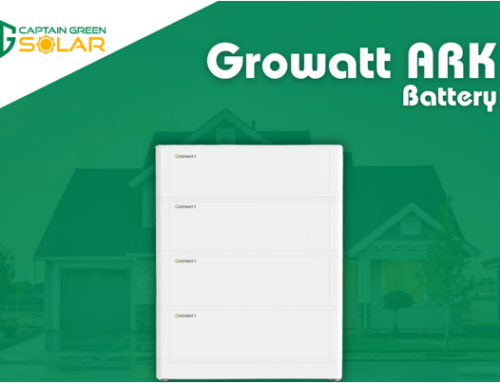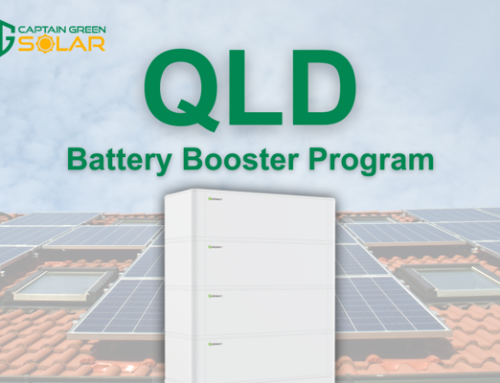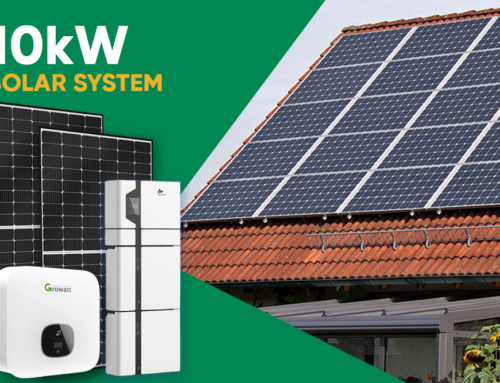With proposed solar export charges being recommended by a key energy body, could you be charged for exporting solar? Let’s find out what solar exports are all about and how the proposed changes could affect you.
How does solar exporting work currently?
Currently, if you have rooftop solar panels in Australia, you power your home with clean, green energy from the sun. However, that only occurs while the sun is shining. Most households are still connected to the main electricity grid because they need to draw power from there during the evening.
You can get around this of course, by purchasing off-grid solar, which includes battery storage solutions. With this setup, any excess energy you generate during the day is stored in a battery for use during the night. You may still be connected to the main grid for emergencies. However, it’s likely you wouldn’t export excess energy because you’re storing it.
But let’s assume you operate the more common on-grid solar system, which still relies on the national electricity grid when the sun isn’t shining. If your solar panels produce more energy than you need to power your house during the day, the excess power is returned to the main electricity grid.
Understanding existing feed-in tariffs
When your solar system exports leftover energy back to the main grid, you receive a credit on your energy bill. This is known as a feed-in tariff, and it’s provided by your electricity retailer. The credit basically helps to offset the charges for the electricity you use during the evening or when the sun isn’t shining. It’s a good deal for those who generate more solar energy than they need, and it also contributes more clean, green energy to the main grid. In theory, that means less reliance on fossil fuels. Imagine if every home in Australia had solar panels that pumped excess energy into the grid! This would drastically reduce our reliance on coal-burning energy and would go a long way to reducing our CO2 emissions.
This sounds like it’s good for everybody. Consumers, electricity retailers, and of course, the planet we live on. But, while there’s no talk about feed-in tariffs being abolished, some proposed changes to the way solar energy is exported have many people concerned.
What are the proposed export charges?
The Australian Energy Markets Commission (AEMC) has developed a draft proposal that would see households and small businesses charged to export excess solar energy to the grid. At this stage, it’s only recommended that small producers of solar energy be hit with the charge – so, that means households and smaller businesses. Larger producers of solar won’t be affected.
The proposed charge is said to be around $100 per year. So, depending on how much your family gains from your feed-in tariff throughout the year, you could find most of that is eaten up by the new solar export charge. With all the efforts to promote solar energy as an alternative to fossil fuels, many people are wondering why the AEMC would consider making this change.
What is the reason for the proposed charges?
The theory behind the proposed changes is that people should be charged for using the main electricity grid, whether exporting or withdrawing from it. On face value, that seems reasonable however, the reality is that most people who export solar to the main grid also withdraw from it, so in effect they are already being charged to use the network.
Some in the industry have speculated that the charges are even more misguided because people inject much smaller amounts into the grid than they withdraw, meaning these injections don’t significantly increase the costs of managing the network. In fact, it’s been suggested that solar households only really create nothing more than routine work for the network, such as balancing voltage or adjusting transformers.
Will solar energy still be worth it?
So, the big question on everybody’s lips is whether solar energy will still be worth it. We’re pleased to say it certainly will be. Even if the AEMC’s proposed charges come into existence, solar customers still receive plenty of benefits from installing rooftop solar.
We need to understand that even if the export charge effectively cancels out the benefits gained from feed-in tariffs, there is still a huge financial upside to a solar panel installation. Solar feed-in tariffs vary from state to state, and even between retailers, but in reality, the average household probably receives around $120 per year in feed-in tariff credits. So, they’ll still probably be slightly ahead, even with the proposed solar export charge.
On top of that, the most important part of switching to solar energy is that while the sun is shining, you’re not being charged anything for your power. As long as your solar panel system generates enough to power your home, electricity is essentially free during the day. So, the average family still slashes their electricity bills in a big way just by having solar panels installed.
Are export charges coming in?
At this stage, the export charges are only a proposed change. Plus, the AEMC does not make the laws, they can only suggest amendments. The Commission reports to the state governments and the Commonwealth, so there is no guarantee the states will sign off on the charges. In fact, many people wonder why they would approve such changes, considering the fact we should be doing everything we can to encourage a greater uptake of solar energy for households.
Of course, we may find that certain states adopt the changes and others don’t. However, NSW and Victoria have already passed laws with a view to regaining control of their own electricity network at the expense of organisations like the AEMC. So, perhaps proposals such as this will make other states think of doing the same.
Going solar is still the way of the future
Regardless of whether state governments adopt the proposed solar export charge, solar energy still represents great value for consumers and is clearly the way of the future. Most Australians want a cleaner, greener energy source and want us to get on top of climate change. Households adopting solar energy is the perfect way to do that, and we still expect solar to deliver terrific value now and into the future.

